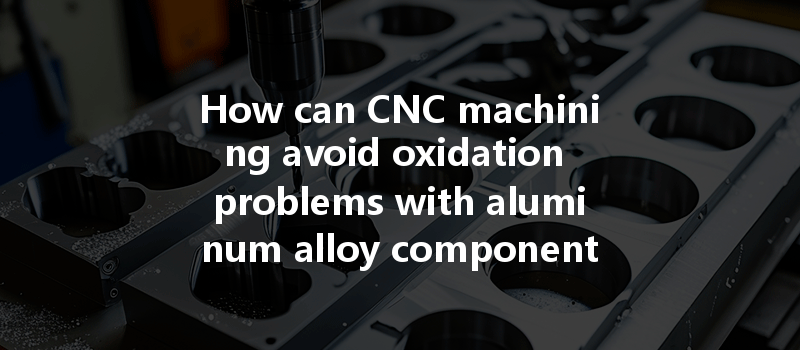Did you know that the aluminum alloy industry is projected to grow to $153.30 billion by 2026? This remarkable growth is driven by aluminum’s lightweight nature and incredible resistance to corrosion. However, one of the primary challenges faced by manufacturers utilizing CNC (Computer Numerical Control) machining for aluminum alloys is oxidation. Understanding how to avoid oxidation problems not only helps ensure the quality of the final products but also extends the lifespan of machinery and equipment. In this blog, we will delve deeply into the causes of aluminum alloy oxidation during CNC machining, explore effective preventive measures, and present technological innovations that have emerged in the industry.
Understanding Aluminum Alloy Oxidation
Before discussing methods to prevent oxidation, let’s understand what it entails. Oxidation occurs when aluminum reacts with oxygen, resulting in the formation of aluminum oxide. Though a thin layer of aluminum oxide can serve as a protective barrier, excessive oxidation can lead to surface defects, affecting the aesthetic quality and mechanical properties of components. This often occurs in environments where humidity is high or where coolant and lubricants are improperly managed.
Why CNC Machining is Prone to Oxidation
CNC machining, while an efficient manufacturing process, can exacerbate the oxidation issue for several reasons:
Effective Strategies to Combat Oxidation
Choosing high-quality aluminum alloys that resist oxidation is crucial. Alloys such as 6061 and 7075 have better corrosion properties than others. Selecting an alloy based on the intended application and environmental exposure can significantly mitigate risks.
Heat management during CNC machining is fundamental. Here are some best practices to consider:
Selecting the right cutting fluid is essential. Certain fluids are designed specifically for aluminum alloys to minimize oxidation:

Control the machining environment to limit oxidation risks:
Regularly maintaining CNC machines is essential in preventing oxidation:
Applying surface treatments can effectively protect aluminum alloys from oxidation:
The CNC machining landscape has been transformed with innovations focused on efficiency and quality:
: A Call to Action for Manufacturers
In conclusion, mitigating aluminum alloy oxidation during CNC machining is a multifaceted challenge that intersects diverse aspects of the manufacturing process—from material selection to environmental control, machinery maintenance, and advanced technologies. By implementing strategies that emphasize temperature control, adequate cooling solutions, and proper machine upkeep, manufacturers can significantly reduce the risk of oxidation.
The importance of this discussion cannot be overstated. As the aluminum alloy industry continues to grow, understanding and addressing oxidation issues will be critical for staying ahead of the competition. By focusing on these practices, businesses can ensure the production of high-quality components that meet both aesthetic and functional requirements, while also extending the life of their machinery.
As you think about the future of CNC machining, consider how these strategies can be integrated into your workflow. Taking proactive measures today will safeguard against potential complications of oxidation, fostering a more resilient manufacturing process for years to come.






